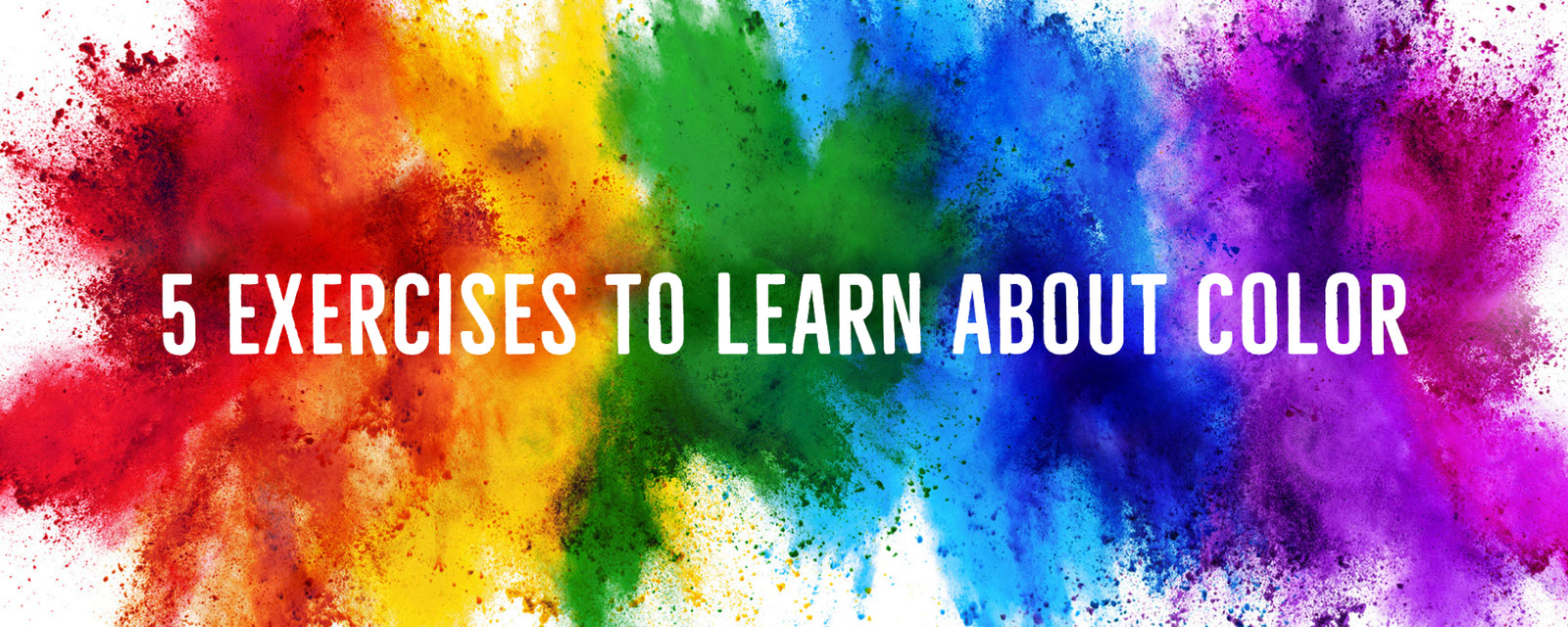Spring Cleaning: 5 Forgotten Items to Add to Your List
March 20, 2022: The First Day of Spring! As the seasons change and the weather gets warmer, it’s important to start thinking about the all important task of spring cleaning. Last year on the blog we helped you Use Feng Shui to Tackle Your Spring Cleaning. This year we are getting more specific.
Below is a list of 5 frequently forgotten items to be sure to add to your spring cleaning list and your regular cleaning cycle moving forward.
Shower Curtains and Liners
Before cleaning your shower curtain, be sure to consult the manufacturer's label and take a look at the material your curtain is made of. If you have one of Domanda Design’s customizable shower curtains which are 100% polyester, machine wash your curtain in cold water using a gentle cycle. Be sure to hang dry or tumble dry on low and do not clean your curtain with bleach or have it dry cleaned.
For your vinyl curtain liner, machine wash on cold and hang dry or spot clean.
For more on caring for your shower curtain, check out our article Shower Curtain Tips and Tricks
Duvet Covers
Duvets are typically made of cotton and filled with feathers, down, silk, wool, or polyfil depending on the style you have. If you use a duvet cover, you will not need to clean your duvet more than once a year. For instructions on cleaning your duvet be sure to consult the manufacturer's label as your duvet will require specific and different care depending on the materials it contains. Typical care includes machine washing on a cold and gentle cycle followed by hang drying.
Duvet covers are much easier to clean and should be treated like a sheet and washed every one to two weeks. If you use a Domanda Design duvet cover, machine wash with cold water on a gentle cycle using mild detergent. Either line dry or tumble dry on low. Although some duvet covers can be ironed, Domanda Design duvet covers cannot be ironed and should not be bleached or dry cleaned.
Throw Pillows
Throw pillows can be designed one of two ways: with a pillow cover or without. Fortunately, our throw pillows are designed with removable covers, making them easy to clean on a regular basis. Remove the pillow cover and pretreat any stains with a soft cloth that has been soaked in warm soapy water. Then, machine wash the cover in cold water on the gentle cycle with a mild detergent. Air dry only and then replace the cover back onto your pillow. Ideally, a pillow cover should be cleaned every 2-4 weeks.
What about cleaning the pillow body itself? It is important to frequently dust or vacuum your pillow form and consider deep cleaning or replacing once a year.
Water Bottles and Tumblers
Thoroughly washing your bottle or tumblers should be a task done after every use. Invest in a bottle brush to help with thorough cleaning and don’t forget to clean the lid and seals as well. For daily cleaning, fill your bottle with warm water and a small drop of dish soap. Scrub your bottle or mug using a bottle brush and allow it to sit. Rinse and either dry with a clean towel or allow to air dry with the lid off.
If it’s been a while since you’ve given your bottle or mug a clean, consider a more thorough cleaning. Use a solution of half vinegar and half warm water in the bottle to help eliminate any mold growth or smells. Allow to sit overnight and rinse the next day. Towel or air dry thoroughly with the lid off to avoid moisture being trapped inside.
Tote Bags
Tote bags are frequently used items for a variety of purposes and are frequently forgotten in the cleaning rotation. Our tote bags are 100% Polyester with cotton handles and can be either spot cleaned or cleaned thoroughly at home. Spot cleaning is done to help clean visible stains. This is done by pre-treating the stains with laundry detergent mixed with warm water which is then scrubbed onto the stain with a soft bristle brush. Allow the solution to sit, then rinse the bag and air dry.
If your bag requires a deeper clean, hand wash thoroughly using the at home dry cleaning method in our article Caring for Your Customizable Tote.
This blog post was written by Emma Becker.




